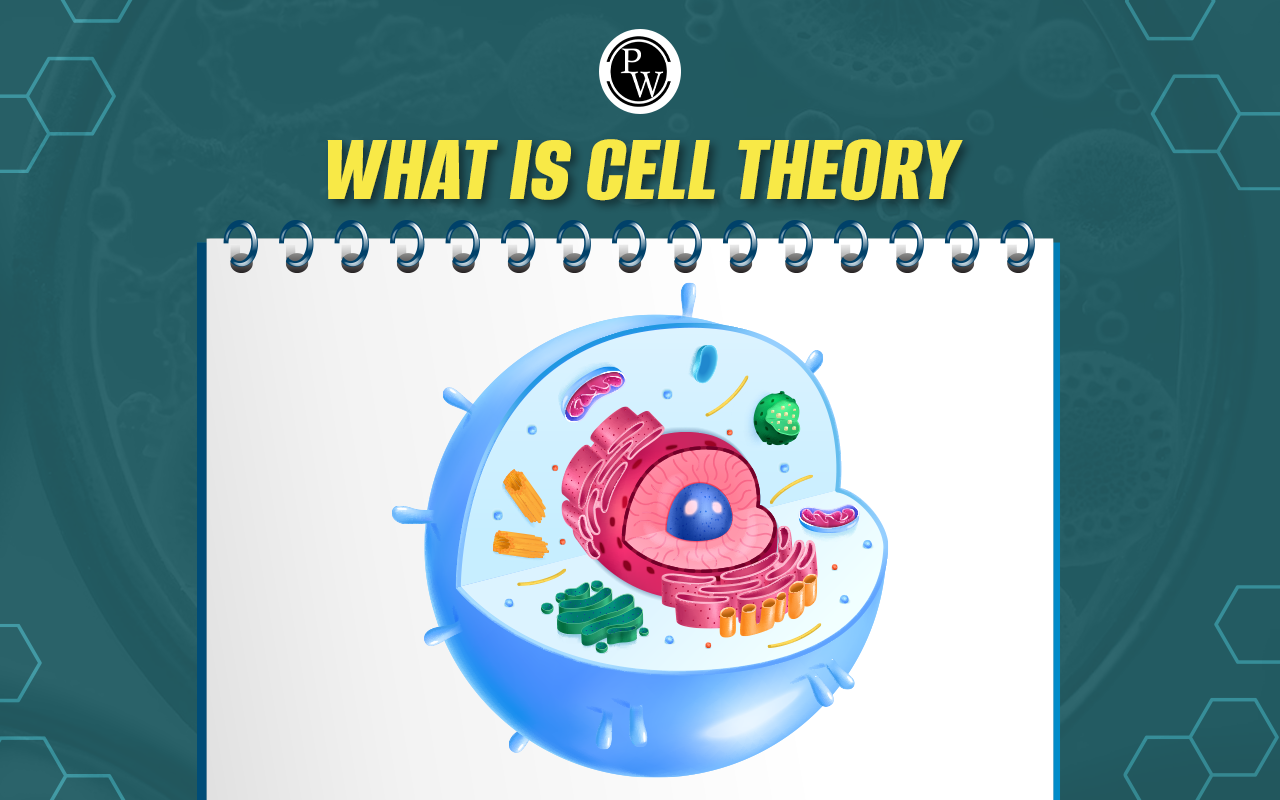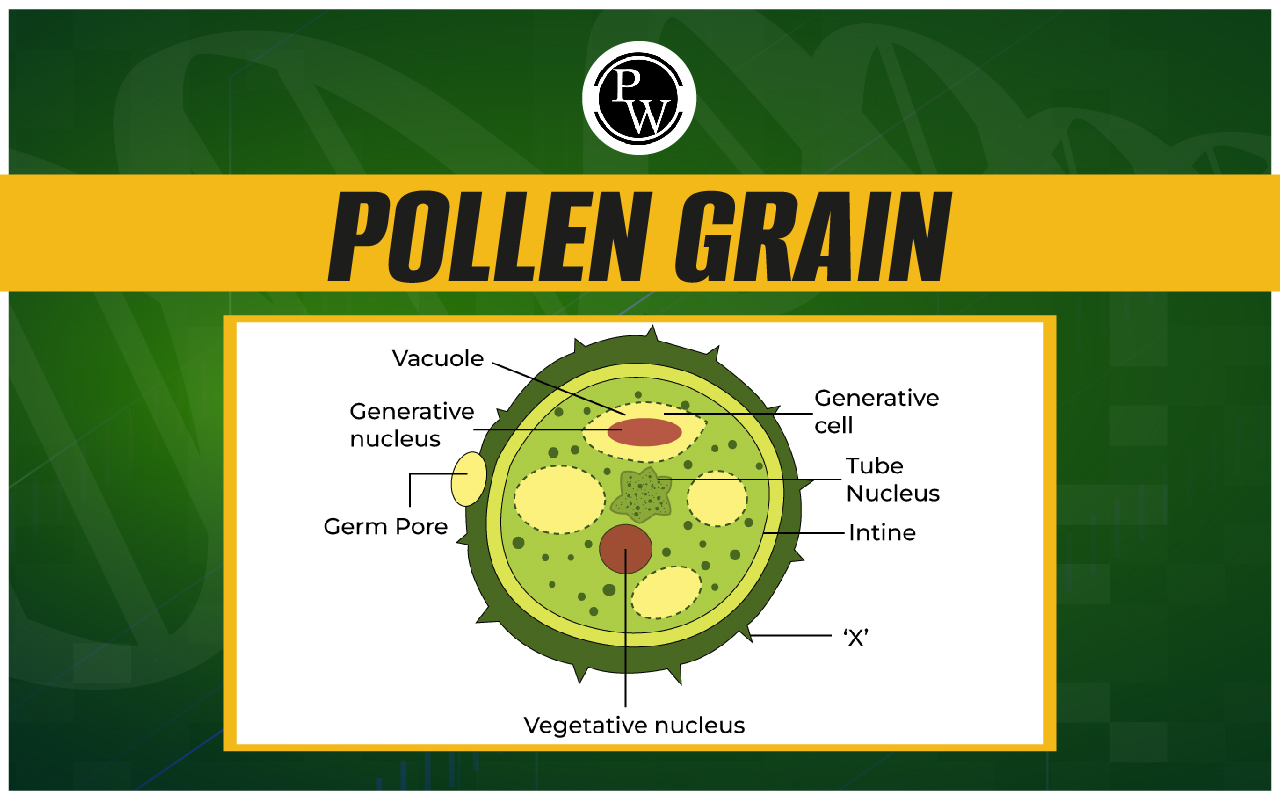
Euplectella: Euplectella, a genus of marine sponges also known as glass sponges, includes species such as the Venus' Flower Basket. These sponges are typically found in deep ocean waters, often at depths of 500 to 5,000 meters. Euplectella sponges have a unique body structure, which can be curved, tubular, basket-like, or vase-shaped. They are called glass sponges due to the presence of silica spicules in their bodies.
The canal system in Euplectella sponges is known as syconoid, through which water circulates. They are often found in symbiotic relationships with shrimp. Euplectella belongs to the Porifera phylum, with Euplectella Aspergillium being one of the most well-known species. These sponges are classified under the Hexactinellida class and are distinguished by their triaxon skeleton.Sexual Reproduction in Flowering Plants
Euplectella Classification
Euplectella falls within the phylum Porifera and is categorized under the class Hexactinellida, distinguished by its skeletal structure composed of six-rayed triaxon spicules. The euplectella classification is:| Euplectella Classification | |
|---|---|
| Euplectella Kingdom | Animalia |
| Euplectella Phylum | Porifera |
| Euplectella Class | Hexactinellida |
| Euplectella Order | Lyssacinosida |
| Euplectella Family | Euplectellidae |
| Euplectella Genus | Euplectella |
| Euplectella Species | Euplectella aspergillum |
Euplectella Habitat
Euplectella is primarily found attached to rocky regions of the seafloor. Its habitat ranges from depths of 100 to 1000 meters, with the highest concentration typically observed beyond 500 meters. Venus' flower baskets, a species of Euplectella, are predominantly located near the Philippine Islands, with similar species also found near Japan and in certain areas of the Indian Ocean and western Pacific Ocean.Euplectella Morphology
Euplectella's body has a curved, tubular, and basket-like structure made of triaxon spicules. It has numerous apertures that function as parietal gaps rather than true Ostia. This sponge features a syconoid canal system, where Ostia connect with incurrent canals, which then communicate through prosopyles with radial canals. These radial canals open into the spongocoel and then to the osculum outside. The body is thin-walled, cylindrical, vase-shaped, and has a deep central atrium. Composed entirely of silica, the body is formed from 6-pointed silica spicules, hence the common name "glass sponges." These spicules consist of three perpendicular rays, resulting in 6 points. Within the sponge's tissues, small, pin-like spicules provide structural support. The combination of spicule types within the tissues aids in species classification. Unlike other sponge species, in glass sponges, the spicules weave together to form a very fine mesh, providing rigidity to the sponge's body. This unique characteristic allows glass sponges to thrive in the water column at significant depths. It is speculated that the sponge may use bioluminescence to attract plankton.| Other NEET Biology Topics | ||
|---|---|---|
| Ribosomes | Pollination | Apomixis |
| Centrosome | Embryo | Tissues |
| Rhizopus | Pinus | Gluconeogenesis |
| Chlamydomonas | Chara | Ribs |
Euplectella Structure
Euplectella, commonly known as Venus' flower basket, belongs to a genus of glass sponges renowned for their distinctive and intricate structure. Here is an analysis of their fundamental structural characteristics:- Cylindrical and vase-shaped, featuring an aperture at the apex.
- Basket-like appearance, reminiscent of a woven basket.
- Thin-walled and transparent, permitting the transmission of light.
- Comprised of triaxon spicules, minute needle-shaped structures made of silica.
- These spicules are organized in a complex lattice, providing durability and support.
- The silica content imparts Euplectella with its characteristic glass-like appearance.
- Exhibits a syconoid configuration, wherein water flows through a sequence of incurrent canals, radial canals, and ultimately exits through an osculum.
- Incurrent canals draw water into the sponge through minuscule pores on its external surface.
- Radial canals are located along the inner body wall and are lined with choanocytes, specialized cells that sieve food particles from the water.
- The osculum, a larger opening at the top of the sponge, allows the filtered water to escape.
- Anchored to the seabed by a cluster of delicate, glassy fibers
- Often serves as a habitat for a pair of spongicolid shrimps within its canals.
- The shrimps benefit from the shelter and food captured by the sponge, while their excreta serve as nourishment for the sponge.
Euplectella Characteristics
Euplectella, commonly known as the "Venus' flower basket," represents a genus of deep-sea glass sponges recognized for their intricate skeletal frameworks and distinct attributes. Here are some notable features:- Skeleton: Euplectella sponges possess a fragile, cylindrical skeleton made of silica, imparting a glassy appearance. The skeleton comprises elaborate lattice-like structures that offer structural support and defense.
- Size: These sponges can attain impressive dimensions, with certain species growing to lengths exceeding half a meter.
- Habitat : Euplectella sponges inhabit deep-sea environments, typically at depths ranging from 100 to 1000 meters. They are often found attached to the seabed or other substrates.
- Feeding: Similar to other sponges, Euplectella species are filter feeders. They employ specialized cells known as choanocytes to filter minute particles from the surrounding water.
- Reproduction: Euplectella sponges reproduce sexually, releasing sperm into the water column for uptake by other sponges for fertilization. They can also reproduce asexually through budding.
- Ecological Importance: These sponges play a crucial role in deep-sea ecosystems, providing habitat and refuge for various marine organisms.
- Human Utilization : Euplectella sponges have been utilized by humans for various purposes, including as ornamental objects and as a source of silica for glass production.
Euplectella Reproduction
Euplectella, commonly known as the "Venus flower basket," is an intriguing deep-sea sponge classified under the Hexactinellida class. Reproduction in Euplectella encompasses both sexual and asexual processes.1. Asexual Reproduction in Euplectella
- Budding: Euplectella reproduces asexually through budding, a process in which new individuals, called buds, develop from the parent sponge. These buds grow and eventually detach, becoming independent organisms.
2. Sexual Reproduction in Euplectella
- Gamete Production: Euplectella produces gametes (eggs and sperm) for sexual reproduction in specialized structures within the sponge.
- Fertilization: When conditions are favorable, Euplectella releases its gametes into the surrounding water. Fertilization occurs externally when sperm cells encounter egg cells, resulting in the formation of a zygote.
- Embryo Development: The zygote develops into a free-swimming larva that eventually settles on the seabed.
- Juvenile Development: The settled larva undergoes further development, eventually forming a new sponge that grows into an adult Euplectella.
3. Specialized Reproductive Structures
- Gonads: Euplectella possesses specialized structures called gonads where gametes are produced. These structures facilitate the production and maturation of eggs and sperm.
- Sperm Chambers: Male Euplectella store sperm cells in specialized chambers until release into the water for fertilization.
- Egg Chambers: Female Euplectella have specialized chambers where eggs are stored until released into the water for fertilization.
4. Environmental Factors
Reproduction in Euplectella is influenced by environmental factors such as water temperature, food availability, and suitable substrate for larval settlement. These factors significantly impact the timing and success of reproduction in Euplectella. Euplectella employs both sexual and asexual reproduction, with sexual reproduction involving gamete production, fertilization, and larval development. Asexual reproduction occurs through budding, contributing to the survival and proliferation of Euplectella in its deep-sea environment.Euplectella In Hindi
यूप्लेक्टेला, समुद्री स्पंजों की एक प्रजाति है जिसे ग्लास स्पंज के रूप में भी जाना जाता है, इसमें वीनस फ्लावर बास्केट जैसी प्रजातियां शामिल हैं। ये स्पंज आम तौर पर गहरे समुद्र के पानी में पाए जाते हैं, अक्सर 500 से 5,000 मीटर की गहराई पर। यूप्लेक्टेला स्पंज की एक अनोखी शारीरिक संरचना होती है, जो घुमावदार, ट्यूबलर, टोकरी जैसी या फूलदान के आकार की हो सकती है। इनके शरीर में सिलिका स्पिक्यूल्स की उपस्थिति के कारण इन्हें ग्लास स्पंज कहा जाता है। यूप्लेक्टेला स्पंज में नहर प्रणाली को सिकोनॉइड के रूप में जाना जाता है, जिसके माध्यम से पानी प्रसारित होता है। वे अक्सर झींगा के साथ सहजीवी संबंधों में पाए जाते हैं। यूप्लेक्टेला पोरिफेरा फ़ाइलम से संबंधित है, यूप्लेक्टेला एस्परगिलियम सबसे प्रसिद्ध प्रजातियों में से एक है। इन स्पंजों को हेक्साक्टिनेलिडा वर्ग के अंतर्गत वर्गीकृत किया गया है और ये उनके ट्राइएक्सॉन कंकाल द्वारा पहचाने जाते हैं।| NEET Exam Important Links | |
|---|---|
| NEET Biology Syllabus | NEET Biology Diagrams |
| NEET Biology MCQ | NEET Biology Chapter wise Weightage |
| NEET Biology Notes | NEET Previous Year Question papers |
Euplectella FAQs
Why is Euplectella highly valued in Japan?
Euplectella, also known as the "Venus flower basket," holds significant cultural symbolism in Japan, where it is often given as a wedding gift. This practice symbolizes the bond of marriage, likened to the lasting union of the sponge's shrimp pair remains, which are sometimes found within its structure. As a result, Euplectella is cherished as a precious ornamental gift.
What does Euplectella's moniker, "Venus flower basket," mean?
Euplectella, particularly Euplectella aspergillum, is commonly referred to as the "Venus flower basket." This name is derived from the delicate, white, latticelike skeletons of these sponges, which are composed of silica. The name evokes the image of a beautiful and intricate flower basket, reflecting the sponge's elegant and ornate appearance.
What is Euplectella?
Euplectella is a genus of marine sponges, also known as glass sponges due to the presence of siliceous spicules in their structure. These sponges, including the iconic Venus' flower baskets, are typically found in abundance in deep ocean waters.
Is Euplectella a syconoid sponge?
Yes, Euplectella is classified as a syconoid sponge. These sponges inhabit deep waters, often up to 5000 meters deep, on soft ocean bottoms. They are characterized by their tubular shape with a spacious atrium in the center. The large osculum, or opening, is covered by a grid of fused spicules, contributing to their unique structural features.
Is Euplectella a type of freshwater sponge?
No, Euplectella is not a freshwater sponge. It belongs to the group of marine sponges, along with other genera like Euspongia and Cliona. Freshwater sponges are represented by genera such as Spongilla, which inhabit freshwater environments.
🔥 Trending Blogs
Talk to a counsellorHave doubts? Our support team will be happy to assist you!

Free Learning Resources
PW Books
Notes (Class 10-12)
PW Study Materials
Notes (Class 6-9)
Ncert Solutions
Govt Exams
Class 6th to 12th Online Courses
Govt Job Exams Courses
UPSC Coaching
Defence Exam Coaching
Gate Exam Coaching
Other Exams
Know about Physics Wallah
Physics Wallah is an Indian edtech platform that provides accessible & comprehensive learning experiences to students from Class 6th to postgraduate level. We also provide extensive NCERT solutions, sample paper, NEET, JEE Mains, BITSAT previous year papers & more such resources to students. Physics Wallah also caters to over 3.5 million registered students and over 78 lakh+ Youtube subscribers with 4.8 rating on its app.
We Stand Out because
We provide students with intensive courses with India’s qualified & experienced faculties & mentors. PW strives to make the learning experience comprehensive and accessible for students of all sections of society. We believe in empowering every single student who couldn't dream of a good career in engineering and medical field earlier.
Our Key Focus Areas
Physics Wallah's main focus is to make the learning experience as economical as possible for all students. With our affordable courses like Lakshya, Udaan and Arjuna and many others, we have been able to provide a platform for lakhs of aspirants. From providing Chemistry, Maths, Physics formula to giving e-books of eminent authors like RD Sharma, RS Aggarwal and Lakhmir Singh, PW focuses on every single student's need for preparation.
What Makes Us Different
Physics Wallah strives to develop a comprehensive pedagogical structure for students, where they get a state-of-the-art learning experience with study material and resources. Apart from catering students preparing for JEE Mains and NEET, PW also provides study material for each state board like Uttar Pradesh, Bihar, and others
Copyright © 2025 Physicswallah Limited All rights reserved.
Get App









